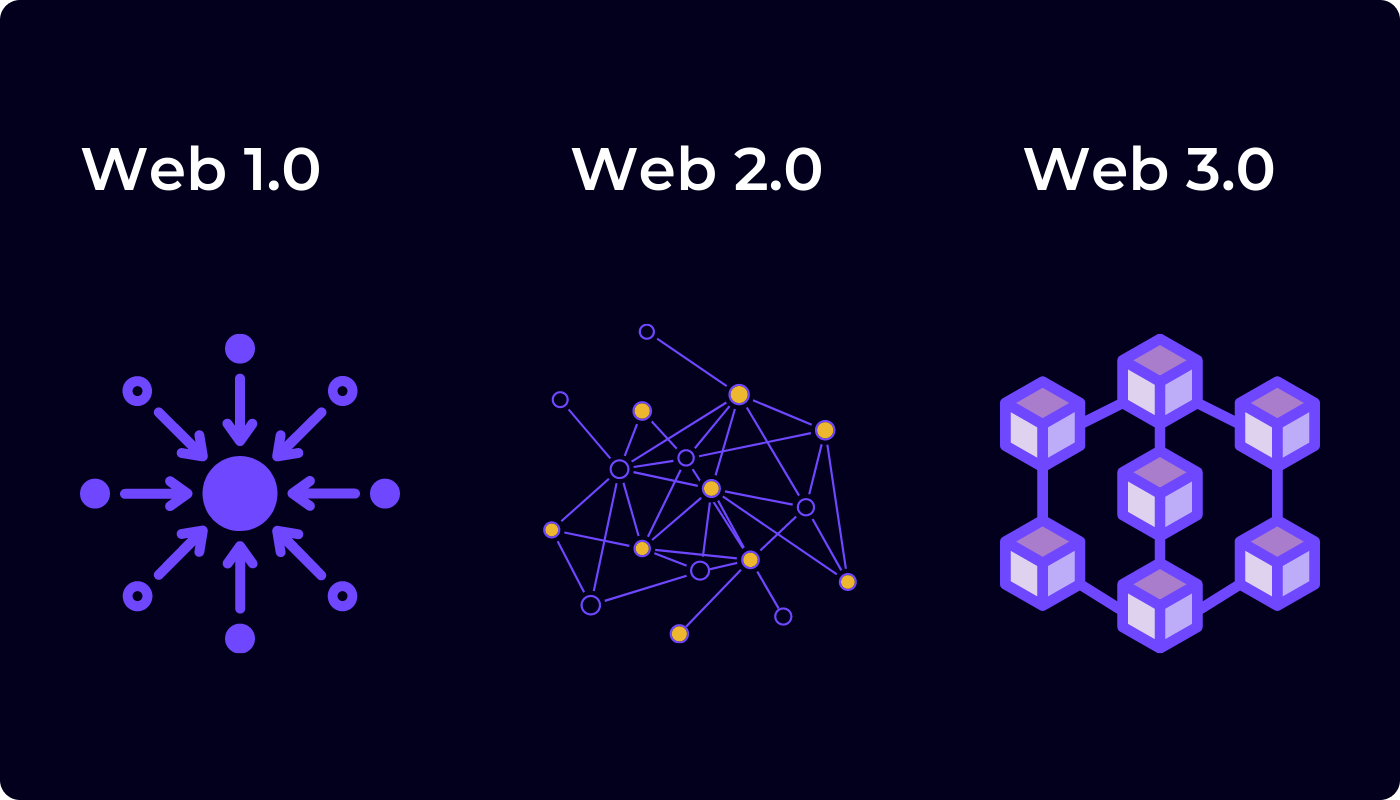Table of Contents
Introduction:
In the ever-evolving landscape of the internet, Web 2.0 stands as a defining era characterized by interactivity, collaboration, and user-generated content. From the early days of static web pages to the dynamic, interconnected platform we know today, the evolution of Web 2.0 has reshaped how we communicate, collaborate, and conduct business online. In this comprehensive exploration, we delve into the principles, characteristics, and impact of Web 2.0, as well as the future trends shaping the digital landscape.
Understanding Web 2.0:

Web 2.0 represents a fundamental shift in the philosophy and architecture of the World Wide Web, moving away from the static, one-way communication of Web 1.0 to a dynamic, interactive platform driven by user participation and collaboration. Let’s explore the key principles and characteristics that define Web 2.0:
Key Principles of Web 2.0:
- User-Centric Design: Web 2.0 prioritizes the needs and experiences of users, offering intuitive interfaces, personalized content, and interactive features that empower individuals to create, share, and engage with digital content.
- Social Collaboration: Collaboration and community-building are central to Web 2.0, with social media platforms, online forums, and collaborative tools enabling users to connect, communicate, and collaborate in real-time.
- User-Generated Content: Web 2.0 platforms facilitate the creation, sharing, and dissemination of user-generated content, ranging from blogs and videos to social media posts and reviews, fostering a culture of creativity and expression.
- Rich Internet Applications (RIAs): Web 2.0 introduced a new generation of web applications known as Rich Internet Applications (RIAs), which offer a rich, interactive user experience similar to traditional desktop software, enhancing productivity and engagement.
Characteristics of Web 2.0:
- Social Media Integration: Social media platforms like Facebook, Twitter, and Instagram have become integral parts of the Web 2.0 ecosystem, enabling users to connect, share, and interact with others in real-time.
- Collaborative Tools: Web 2.0 has ushered in a new era of collaboration, with tools like Google Docs, Dropbox, and Slack empowering teams to work together remotely and in real-time, fostering creativity and productivity.
- Semantic Web: The concept of the Semantic Web, proposed by Tim Berners-Lee, envisions a web of linked data that is structured and machine-readable, enabling intelligent agents to understand and interpret information more effectively, revolutionizing search and discovery on the web.
Impact of Web 2.0:
- Democratization of Information: Web 2.0 has democratized access to information, empowering individuals and communities to share knowledge, opinions, and experiences on a global scale, fostering transparency, accountability, and inclusivity.
- Economic Disruption: The rise of Web 2.0 has disrupted traditional business models and industries, challenging established players and creating new opportunities for innovation and entrepreneurship in the digital economy.
- Cultural Shift: Web 2.0 has catalyzed a cultural shift towards greater connectivity, collaboration, and participation in online communities, blurring the lines between creators and consumers of content.
- Privacy and Security Concerns: The proliferation of user-generated content and social media has raised concerns about privacy, data security, and online harassment, underscoring the need for robust privacy policies, data protection regulations, and digital literacy initiatives.
Future Trends in Web 2.0:
- Artificial Intelligence (AI): AI technologies like natural language processing and machine learning are poised to play a significant role in the future of Web 2.0, enabling personalized experiences, predictive analytics, and intelligent automation.
- Internet of Things (IoT): The integration of IoT devices into the web will further blur the lines between the physical and digital worlds, creating new opportunities for connectivity, data collection, and automation.
- Blockchain Technology: Blockchain has the potential to revolutionize how we store, verify, and transfer digital assets and information on the web, offering greater transparency, security, and trust in online transactions and interactions.
- Augmented Reality (AR) and Virtual Reality (VR): AR and VR technologies are reshaping the way we interact with digital content and immersive experiences, opening up new possibilities for entertainment, education, and commerce on the web.
Conclusion:
Web 2.0 represents a paradigm shift in the way we perceive and interact with the internet, transforming it from a static repository of information into a dynamic, interactive platform driven by user participation and collaboration. As we continue to harness the power of Web 2.0 technologies, it is essential to embrace innovation, foster inclusivity, and address the challenges of privacy, security, and digital literacy in the digital age. By embracing the principles of openness, transparency, and accountability, we can unlock the full potential of Web 2.0 to create a more connected, informed, and empowered global community.
For More Information Please Visit These Websites Craiyon And Vecteezy